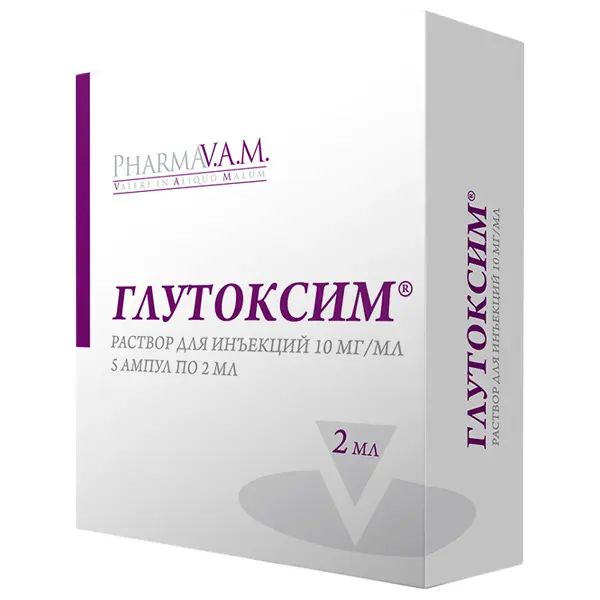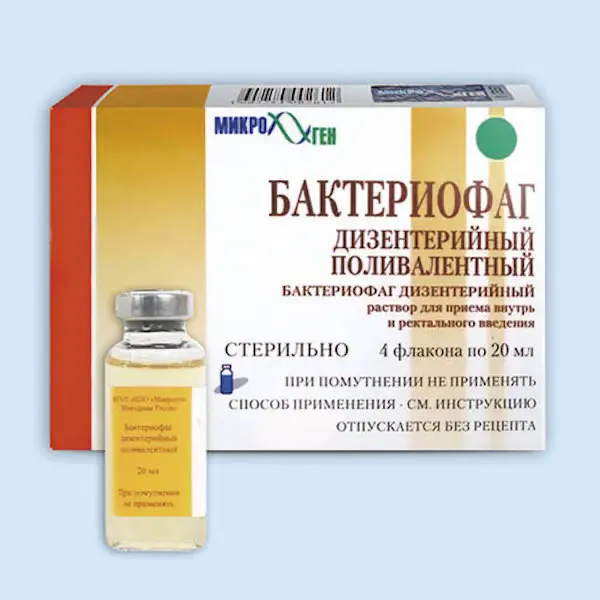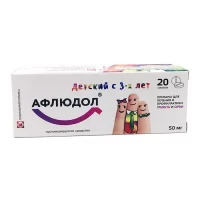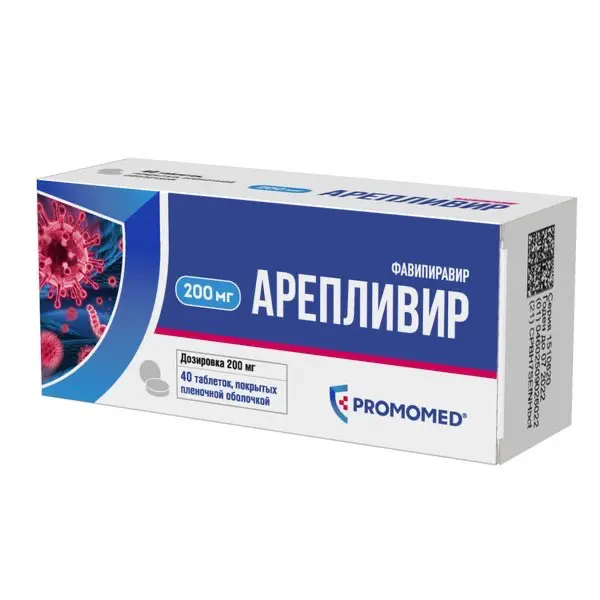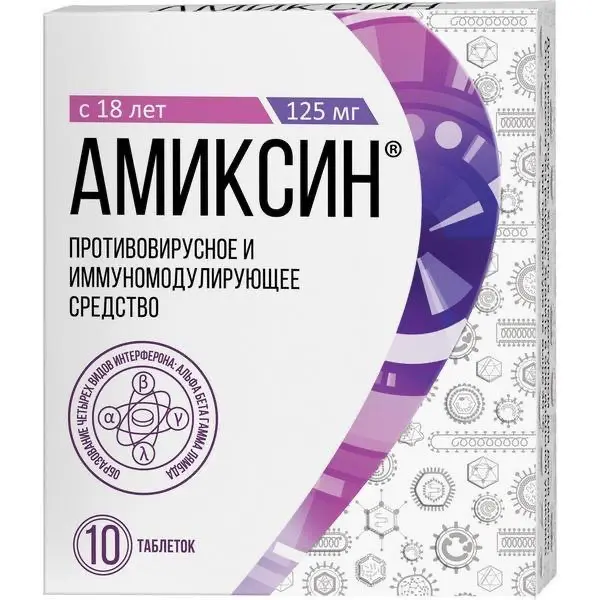Description
Glutoxim Pharmacodynamics
Glutoxim® has immunomodulatory, hemostimulatory, detoxifying, hepatoprotective effects, inhibits drug resistance of tumor cells to antibiotics of the anthracycline series, alkylating agents, overcomes drug resistance of Mycobacterium tuberculosis to isoniazid, associated with the gene katG (gene catalase peroxidase) and inhA (gene enol-APB reductase).
Glutoxime® potentiates the effect of doxorubicin on tumor cells, chemotherapy agents (isoniazid, rifampicin, rifabutin, cycloserine, capreomycin, levofloxacin, cationic antimicrobial peptide catalecidin) on Mycobacterium tuberculosis.
The immunomodulatory effect of Glutoxim® is due to the receptor-mediated effect on calcium dependent signaling pathways of macrophages, which leads to increased
– survival and functional capacity of tissue macrophages;
– exocytosis of submembrane granules with intracellularly parasitized forms of Mycobacterium tuberculosis;
– activity of lysosomal enzymes;
– formation of reactive oxygen species;
– uptake and death of microorganisms;
– secretion of cytokines: interleukin 1, interleukin 6, tumor necrosis factor, interferons, erythropoietin, interleukin 2; cationic antimicrobial peptides – defensins, catalecidins.
The stimulating effect of Glutoxim® is due to receptor-mediated enhancement of medullary hematopoiesis: erythropoiesis, lymphopoiesis and granulocytomonocytopoiesis. The action on the precursor cells of different lines of blood forming elements is mediated by the functioning of MAP- and inositol kinase systems, leads to increased stability of differentiating hematopoietic cells, restores their sensitivity to the action of endogenous factors of hematopoiesis.
The detoxifying and hepatoprotective effects of the drug are caused by receptor-mediated enhancement of the expression of enzymes of the second phase of xenobiotics detoxification, including glutathione reductase, glutathione peroxidase, glutathione-S-transferase, glucose-6-phosphate dehydrogenase, heme oxygenase-1, increased intracellular levels of reduced glutathione, providing cellular structures protection from the toxic effects of radicals.
Glutoxime® has a direct inhibitory effect on the activity of multidrug resistance factor of tumor cells – protein P-glycoprotein (Pgp), which determines the resistance of tumor cells to the action of chemotherapy agents, including anthracycline antibiotics, alkylating agents.
Glutoxim ® initiates the transformation reaction of isoniazid – prodrug, in the pharmacologically active form – isonicotinic acid, which has bacteriostatic effect on Mycobacterium tuberculosis, which allows to overcome drug resistance Mycobacterium tuberculosis, due to the negative transformation of katG (gene catalase peroxidase) and inhA (gene enol-APB reductase).
Glutoxime® stimulates exocytosis of vesicles from macrophages with intracellular parasitic microorganisms, including Mycobacterium tuberculosis, ensuring their removal from the pharmacological refuge and making them available for the action of antibacterial drugs, including isoniazid, rifampicin, rifabutin, cycloserine, capreomycin, levofloxacin.
Glutoxime® increases the secretion of cationic peptides – defensins and catalecidins by macrophages and stimulates their uptake by Mycobacterium tuberculosis, determining the mediated antibacterial action of the drug.
Indications
Glutoxim ® is used in adults: as a means of prevention and treatment of secondary immunodeficiency states associated with radiation, chemical and infectious factors, to restore suppressed immune reactions and suppressed state of bone marrow hematopoiesis, to increase resistance to a variety of pathological effects – infectious agents, chemical and/or physical factors (intoxication, radiation, etc.). etc.); as hepatoprotective agent in chronic viral hepatitis B and C; for potentiation of therapeutic effects of antibacterial therapy of chronic obstructive pulmonary diseases; for prevention of postoperative purulent complications.
Injection solution 10 and 30 mg/ml is used as part of a comprehensive anti-TB therapy for severe disseminated forms of tuberculosis of all localizations in the presence of drug resistance of Mycobacterium tuberculosis, for the prevention of exacerbations of chronic hepatitis in patients with tuberculosis during antituberculosis therapy, for the treatment of toxic complications of antituberculosis therapy.
Injection solution is used as part of the treatment of psoriasis, including moderate and severe forms with erythrodermia and arthropathy.
Glutoxime® is used in the treatment of malignant tumors. Glutoxime® is used in oncology for the prevention and treatment of toxic effects of chemotherapy and radiation therapy (helps to reduce hemo- and hepatotoxic effects). Glutoxim ® contributes to the effective restoration of functions of the medullary hematopoiesis during antitumor therapy.
Glutoxim ® eliminates or smoothes the manifestations of nonspecific disease syndrome (anemia, fatigue, decreased appetite, hypersensitivity to pain).
Contraindications
The drug is contraindicated in cases of individual intolerance, pregnancy, lactation.
Dosage and administration
- Glutoxime® is administered intravenously, intramuscularly, subcutaneously. The daily dose is 5-40 mg (50-300 mg for 1 course) depending on the nature of the disease.
- For preventive purposes, the drug is administered intramuscularly in 5-10 mg daily for 2 weeks.
- As part of the treatment of tuberculosis Glutoxime® 60 mg is administered once daily intramuscularly for the first 10 days, and intramuscularly every other day for the next 20 days, one injection per day.
- If necessary, repeat course of treatment in 1-6 months.
- As part of the treatment of psoriasis Glutoxim ® is used intramuscularly every day at a daily dose of 10 mg for 15 days, and then for another 5 weeks twice a week at a daily dose of 10 mg. A total of 25 injections per course of treatment.
- As an adjunct to chemotherapy in oncology, Glutoxime® 60 mg is injected subcutaneously 1.5-2 hours before application of antitumor agents. Then between courses of chemotherapy Glutoxime® 60 mg is administered subcutaneously every other day. For the next course of chemotherapy the regimen is repeated.
- As an adjunct to radiotherapy Glutoxime® 60 mg should be given subcutaneously 0.5-1 hour after each round of radiation therapy every other day for the duration of the course of radiotherapy.
- Glutoxime® can be administered in the same syringe with water-soluble drugs.

